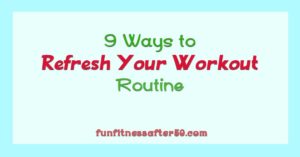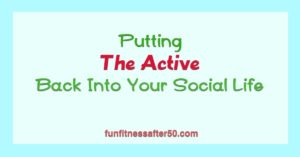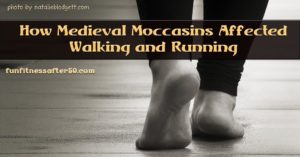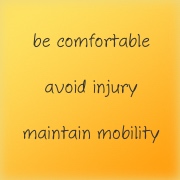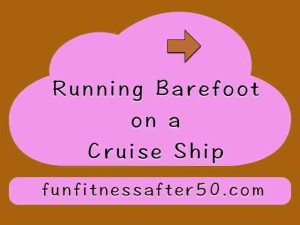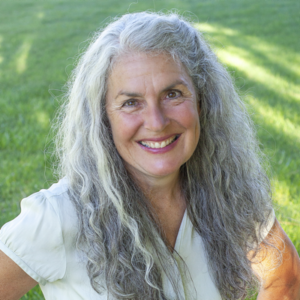[Week 9 of 12 Weeks to a Healthy New Year] Habit versus Spontaneity We all need a balance of habit and spontaneity in our lives and workouts. Habits tend to keep us going, but having some Continue Reading
Putting the Active Back into Your Social Life
[Week 6 of 12 Weeks to a Healthy New Year] Why are people afraid to be active where other people can see them? Are you afraid to let people see you move? I have observed that a lot of people Continue Reading
How Medieval Moccasins Affected Walking and Running
Do you need to time travel to understand Medieval footwear? I am going to admit right of the bat that I am not a time traveler, but then neither is the fellow in the video. Apparently based on time Continue Reading
11 Strategies for Dealing with Stiffness in the Older Athlete
What is ROM? Ever since the teenage me took care of the twisted bodies of nursing home patients, I have been concerned about getting stiff as I age. I remember one dear woman who had been bedridden Continue Reading
Running Barefoot on a Cruise Ship
I just spent a week on Liberty of the Seas, one of the Royal Caribbean cruise ships. They have an open air track on deck 12. I knew this before I went on the cruise and so one of my goals for the week Continue Reading
